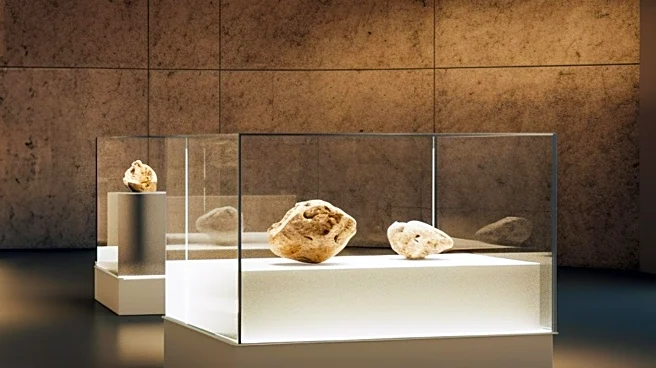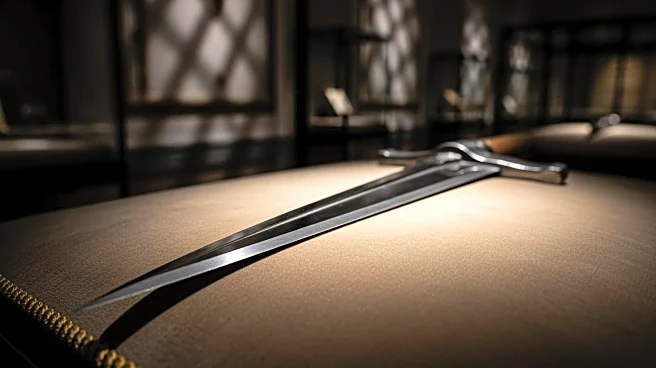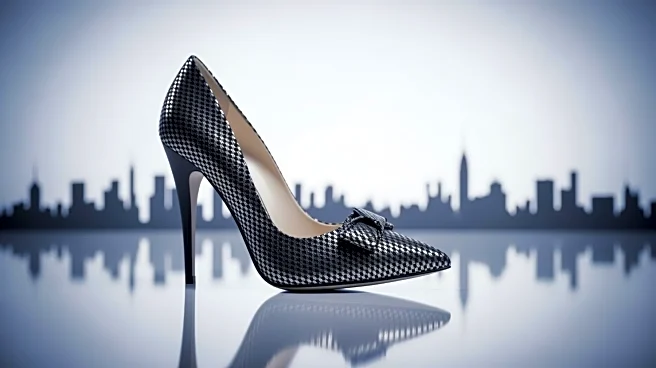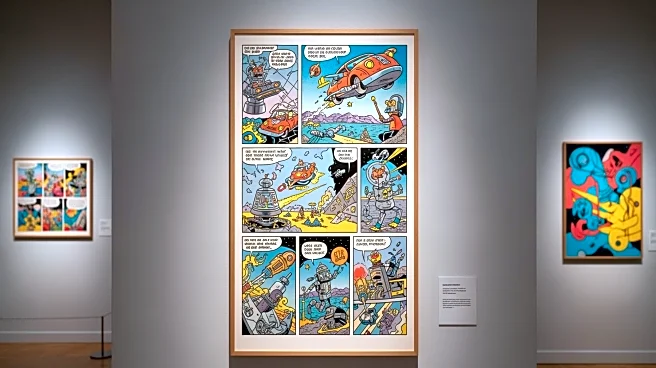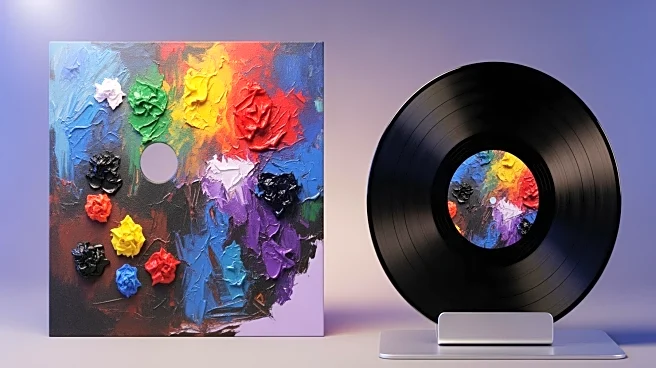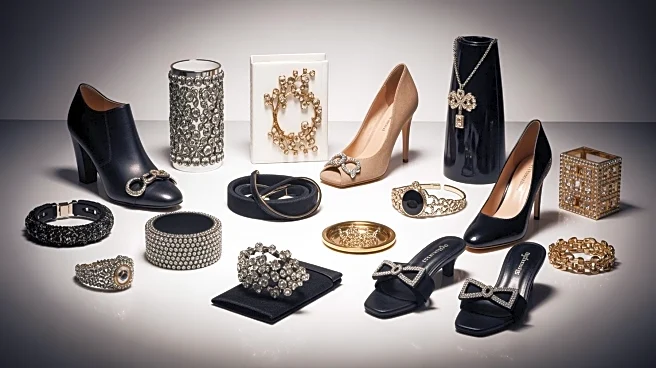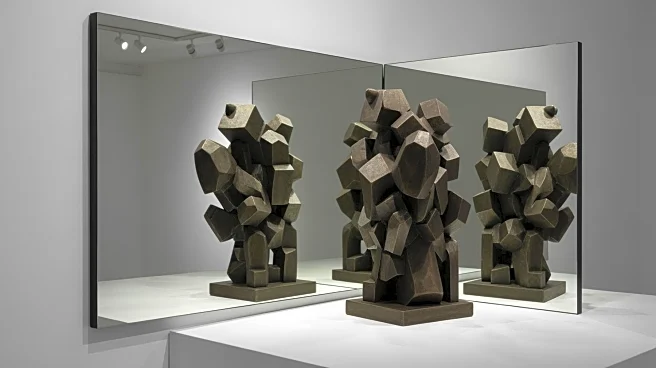What's Happening?
The V&A Museum in London is showcasing a guillotine blade purportedly linked to the execution of Marie Antoinette, as part of an exhibition dedicated to her legacy as a style icon. The exhibition includes
items from her final days, such as her last writings and a plain linen chemise she wore in prison. The guillotine blade, acquired by Marie Tussaud's sons from the grandson of executioner Charles-Henri Sanson, has been displayed for over a century with claims of its use in Marie Antoinette's execution, although this cannot be verified. The exhibition explores the queen's transition from opulence to her humble circumstances during the French Revolution, highlighting her enduring influence on fashion and public intrigue.
Why It's Important?
The exhibition at the V&A Museum underscores the lasting fascination with Marie Antoinette, whose life and death continue to captivate audiences. By displaying artifacts from her final days, the museum provides historical context to her story, illustrating the dramatic shift from her lavish lifestyle to her tragic end. This exhibition not only attracts those interested in history and fashion but also serves as a reminder of the turbulent times during the French Revolution. The inclusion of the guillotine blade, despite its unverifiable connection, adds a layer of intrigue and draws attention to the sensational aspects of her demise. The exhibition contributes to the ongoing dialogue about historical figures and their impact on culture and society.
